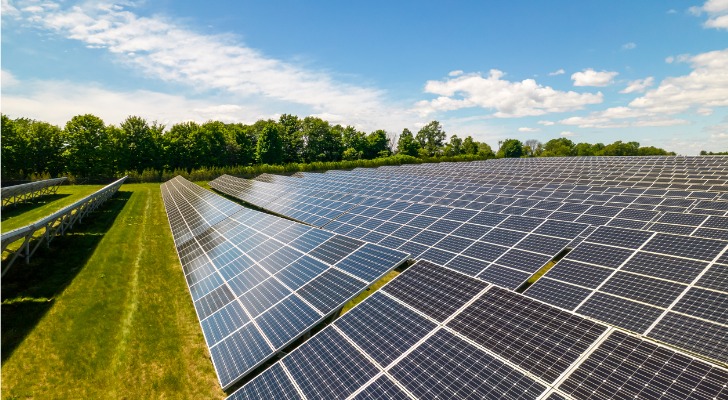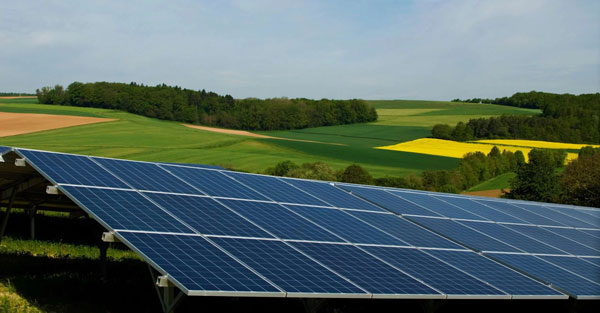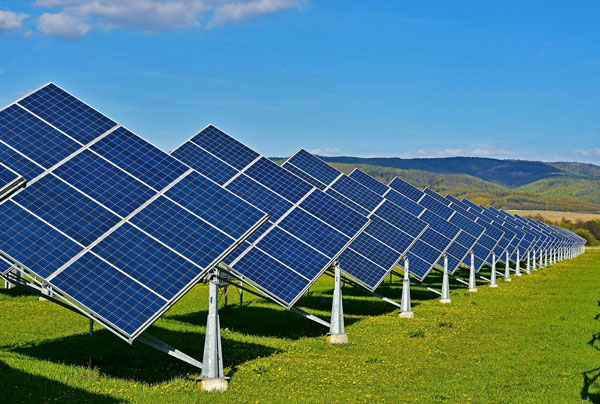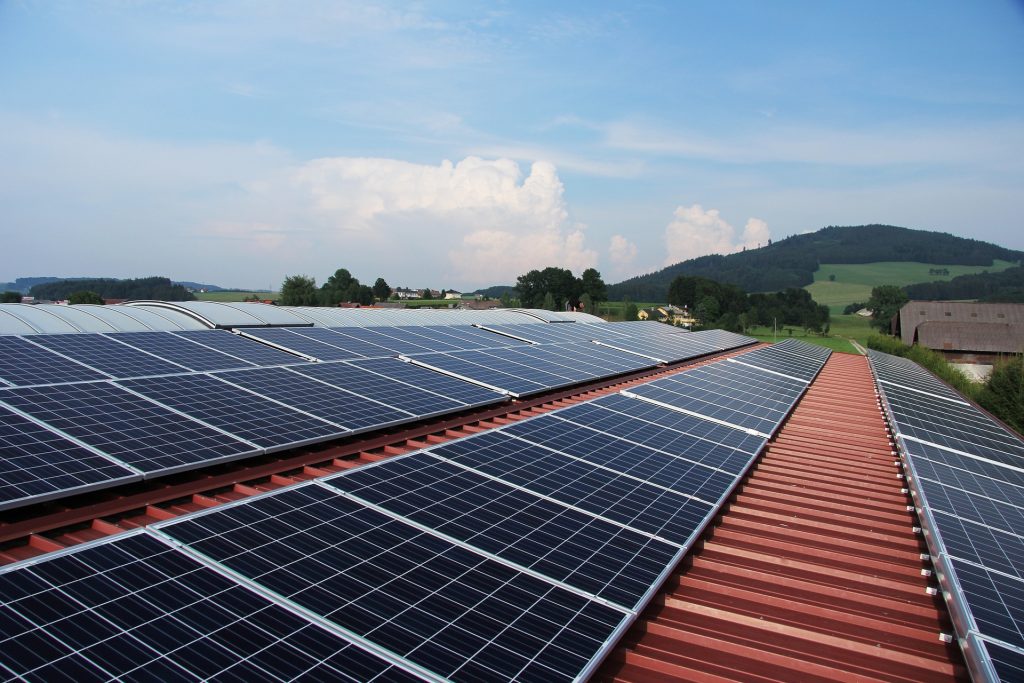Managing Seasonal Changes
Latitude: High latitude regions face unique challenges with solar energy thanks to extreme variation in sunlight availability over the year.
Limited Sunlight in Winter
At high latitudes the winter months can see as few as 3-4 hours of daylight each day, in Scandinavia and Alaska. PV systems. This is really bad for generation of power. In the case of Troms, Their solar panels are often accompanied by complex tracking systems capable of moving the panels to the most optimal angle to provide the maximum amount of sunlight since days are limited.
What actually is happening, is that an excess of summer sun is trying to prepare, to get into our hearts and heads.
On the flip side, in the summer, these areas see nearly 24 hours of sunlight. This risks a probable overproduction of solar, which in turn complicates energy storage and management. Two very good examples of seasonal variation managers are Sweden, which has rolled out big battery storage systems that allow it to store its massive summer surpluses to use in the darker winter, and the UK, where there has been a huge, albeit temporary, adoption of heat pumps because the government offered to pay for half of them.
Snow and Ice Accumulation
This snow and ice buildup is particularly harmful for solar panels in the high latitudes, where it can cut their efficiency by nearly 90%. There are a number of innovative solutions to this, like using heated or hydrophobic-coated solar panels. The University of Lapland has also opted to heat panels in order to have energy efficiency during the snowy months.
Challenges For Technical Maintenance
The solar installations in high latitude areas present unique challenges with respect to the remoteness and difficult weather conditions. Thermal imaging drone is increasingly being used for remote monitoring, and maintenance, away from conventional frequent on-site visits.

Improving Efficiency in Low-Light Conditions
The high latitude areas in particular experience their own set of problems related to solar power because of the lack of bright light days that span hundreds of kilometers from the pole to the sub-Arctic Circle.
On Bifacial Solar Panels
The use of bifacial solar panels results in substantial additional energy production by capturing sunlight from both the front and back. Bifacial panels were even found to boost energy yield by as much as 25% during dark winter months in a Finland-based study. This technology uses reflective flash from the now-covered surface in order to repurpose the challenges of an environment to its advantage.
Advanced Optical Materials
Advances in materials, including the development of perovskite for solar absorption and conversion, allow for enhanced solar absorption and efficiencies, particularly at low light. In northern Sweden, a project uses perovskites in panels that perform 15% better than silicon-based systems during the winter.
Best Placement and Optimum Tilting of Panel
The low elevation of the sun can be remedied by proper placement and angling of solar panels. The solar installations from Norway typically are rigged with dynamic angling mechanisms which turn based on the time & day throughout the year for maximum light capture. The adjustment can increase energy output by as much as 20 percent at key times.
Solar and Wind Power are integrated with each other
For high latitude regions this might be solving the problems associated with each system (solar insolation compared to wind speeds) by synergies between solar power installations and wind turbines. A hybrid setup on Iceland benefits from the use of both solar and wind power, meaning that it can provide a steady stream of electricity during the whole year, including in the dark parts of the year between fall and spring.
Storage Solutions for Long Winters
The arctic winter calendar dictates that the largest part of the year cover is in snow and frost, which leaves no sunlight; there is a crucial problem of keeping continuous power supply in those areas.
High-Capacity Battery Systems
The deployment of high-capacity battery systems are one of the main solutions for energy storage in high latitude areas. In Tromso, Norway, excess solar energy from the short summer months is stored with a lithium-ion battery system on a significant scale. The batteries are used to shore up the energy supply during winter, providing as much as 40% of peak local power requirements.
Thermal Energy Storage
Energy Information Thermal energy storage systems that also use solar energy to generate surplus solar heat and stores it in insulated storage tanks. Reykjavik, Iceland has solar appliances that work in conjunction with its million-gallon well water, thereby storing the solar heat underground, and allowing the city to use sunlight for heat when it's more useful (i.e cold months). This method not only warms up the space but also cuts down imported energy resources.
Hydrogen Fuel Cells
One promising if surprisingly simple method is to use hydrogen fuel cells to store solar energy. Here the over capacity is employed for hydrogen production by electrolysis. This hydrogen is then stored and turned back into electricity in the winter months. At a pilot unit in northern Sweden this system has been proved as a sustainable mean of managing variability of sunlight availability-seasonally based.
Compressed Air Energy Storage
Compressed air energy storage (CAES) systems can be converted for very long winter storage. They compress air underground for storage of excess energy. This compressed air is released to drive turbines and produce electricity when demand for energy is at its highest. This technology is being used overseas in Finland, which presents a reliable answer to the storage problem, and it is much more cost-effective in combination with the solar installations.
Addressing Snow and Ice Accumulation on Solar Panels
Solar panels are heavily affected by the accumulation of snow and ice at high latitudes and end up working very poorly in the winter.
Robotic Snow Removal Systems
Snow removal systems (such as this control and drive unit) allow solar panels to stay efficient even during heavy snow. The most common type work by detecting the presence of snow based on sensors, then activating heating elements or physical brushes that clear the panels. An example includes a renewable solar farm in Northern Finland having brushes that automatically avoid snow damage while sweeping off almost all snow topsoil protecting the panels of up to 90% operational efficiency.
Self-heating and hydrophobic coatings
Adding hydrophobic coatings on the surface of solar panels means that water and ice will have trouble sticking in place, minimizing the accumulation of snow and ice in turn. The self-heating in critical situations can help thaw any snow and ice built up on the coating. The coatings are utilized in a pilot project in Murmansk, Russia where they prefer less snow-related efficiency losses with up to 70%.
Angles of Panels and Panel Construction
By incorporating things like the design and tilt angle of solar panels when developing a system, snow and ice problems caused by them can automatically be lessened to a certain extent. Steeper angle mounting minimizes snow accumulation by allowing snow to slide off under gravitational load. In colder countries like Sweden, where snow tends to pile up atop solar installations, the optimum fixed tilt angle is twice the latitude up to at least 35 degrees, since it will shed snow more easily and thus have more power in the winter.
Integrated Heating Systems
By integrating a built-in heating system within the solar panels, you will directly address the formation of ice and snow as it happens. These systems, which can be turned on wirelessly, gently warm the panels just above freezing to quickly burn off any ice and snow without using too much power. In Tromsø, Norway a solar installation there combines thermal storage with space heating systems that allow the system to perform throughout the winter.

Adapting Solar Energy Design for Cold Climates
Cold climate solar design presents both low temperatures as well as reduced sunlight circumstances, imposing special challenges to these systems.
Increased Insulation and Longevity
The equipment, which helps to build, control, and monitor solar power projects, is designed to be better insulated and of sturdier construction to stand up to winter utility. Anchorage, Alaska, has solar installations where they use panels with a special glass coating which helps to further insulate and freeze protection panels for extremely low-temperature locations. It helps in preventing physical damage and also helps in maintaining the efficiency of the solar cells.
Tweaking Solar Panel Orientation and Tilt
The direction the solar panel is facing as well as the tilt is particularly important for capturing the maximum amount of light when the sun is lower in the sky. Even by simply changing the angle at which a solar collector is situated to garner the most sunlight taxis more productively during shorter winter days. A community project in northern Canada delivers 30 percent more winter solar yield by using automated solar panels that track the seasons.
Adding Reflective Elements
Utilizing reflectors around solar panels can actually improve their efficiency as it can capture more sunlight bouncing off the surrounding snow. This method is especially important in high latitudes where sunlight may be limited. Reflective ground panels that increase the incident of light on the solar arrays have been used in a solar farm in Northern Norway, resulting in 20% overall increase in energy production.
Utilizing Solar Trackers
Solar Trackers adjust the alignment of Solar panels continuously throughout the day to ensure that they are oriented optimally to receive all the sun light they can, optimizing energy absorption. These have weather in cold, the drive trains are big heavy duty flicker motors, and the joints are heated so they do not freeze. A solar project in Sweden incorporated solar trackers into their design, which made the project to collect more sunlight that even the radical winter months provides enough enhancement in performance.





